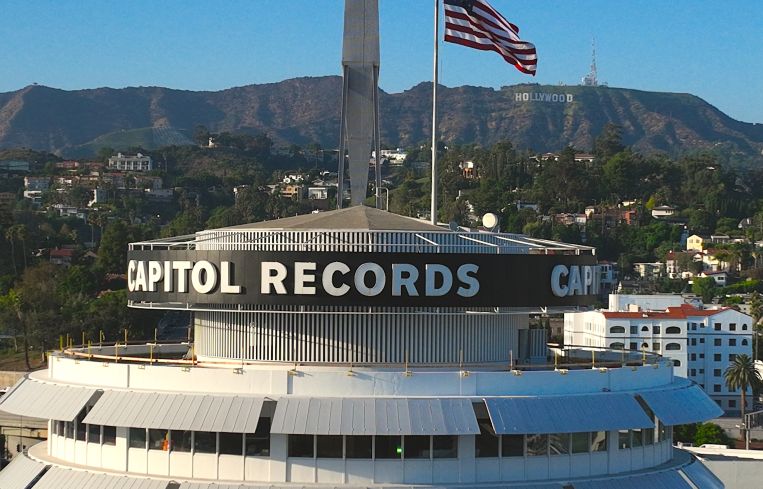Not Just Office Towers – Commercial Real Estate Sales Crater Throughout Los Angeles
Interest rates, taxation changes, and shifting market dynamics to blame for startling downturn
By Greg Cornfield November 14, 2023 2:50 pm
reprints
It’s difficult to find big commercial real estate deals of any kind in Los Angeles.
A new report from NAI Capital reveals how severe and universal the decline in activity is throughout the region this year amid collapsing values, higher interest rates, and a new tax on property sales above $5 million.
Compared to last year, the volume of multifamily asset sales is down 65 percent; while industrial declined 53 percent; retail dropped 52 percent; and office fell 51 percent. And most of the deals that are able to cross the finish line are turning heads for the wrong reasons: Compared to 2022, the average sales price per square foot for office properties dropped 42 percent, while retail, multifamily and industrial assets are selling for 23 percent, 18 percent and 4 percent less, respectively.
The spread between the U.S. 10-year Treasury yield and commercial real estate cap rates further underscores the challenges facing buyers and sellers, NAI Capital’s report read.
“In the commercial real estate market, there is a noticeable lag in sellers’ perception of cap rates,” NAI Capital CEO Chris Jackson explained. “Many sellers continue to price their deals at 4.5 to 5 percent cap rates, while the market currently hovers at 6.5 percent. This discrepancy is expected to rectify itself by the first quarter of 2024.”
Measure ULA — a recently implemented transfer tax in L.A. that docks an additional 4 percent on deals over $5 million and 5.5 percent on trades exceeding $10 million — also “significantly impacted the sales volume of apartment buildings and commercial properties,” according to NAI Capital. It forced sellers to unload distressed office buildings for major discounts prior to the measure taking effect in April.
“In the current market conditions, convincing sellers to sell can be quite challenging, as many are holding onto their prices from a few years ago and are hesitant to let go unless they are forced to sell due to partnership or loan issues,” NAI Capital’s Tina LaMonica said in a statement. “Retail and office investment properties are particularly hard to finance, with lenders still preferring owner/users. There is a noticeable disconnect between sellers and buyers when it comes to pricing, leading buyers to put down more money to secure loans. Interest rates, especially for retail investment, have climbed significantly. Banks have adopted a conservative approach to lending.”
For office space, landlords are offering concessions such as months of free rent, tenant improvement allowances, and rent reductions to attract tenants to their projects. Consequently, office buildings have fallen out of favor and have experienced a decline in sales, reaching a new low in the third quarter at 37 percent below 2020 sales volume.
Of course, some deals have closed this year. The industrial and multifamily sectors have demonstrated resilience when it comes to maintaining values and demand, and by “decelerating at a lower rate,” per NAI. That positions those assets as frontrunners in terms of growth rate and offering a preferred hedge against inflation. And, indeed, office activity hasn’t completely disappeared.
“Every deal is unique, but a few elements include (a) owner/users still seeking to be in a specific location in the city; (b) sellers meeting the market with interest rates to get deals done; (c) deals trading below $5 million and therefore not impacted by Measure ULA mansion tax,” NAI Capital’s Rose O’Sullivan said.
On the industrial side, warehouses are selling at prices 25 percent higher than in 2020, and just 4 percent below last year in light of new development and strong market headwinds.
“High prices and increasing interest rates have subdued sales of industrial buildings,” according to NAI Capital’s report. “With lower economic growth, companies are keen to shed excess space, while some are seeking more cost-effective alternatives.”
The labor market is expected to experience significant cooling as companies respond more to slowing demand caused by higher borrowing costs, NAI’s report read. According to the Labor Market Information Division, unemployment in L.A. County increased to 5.8 percent in September, up from 4.3 percent in September 2022. This suggests to investors that the labor market could be easing, raising hopes that the Federal Reserve may be done hiking interest rates.
Gregory Cornfield can be reached at gcornfield@commercialobserver.com.


